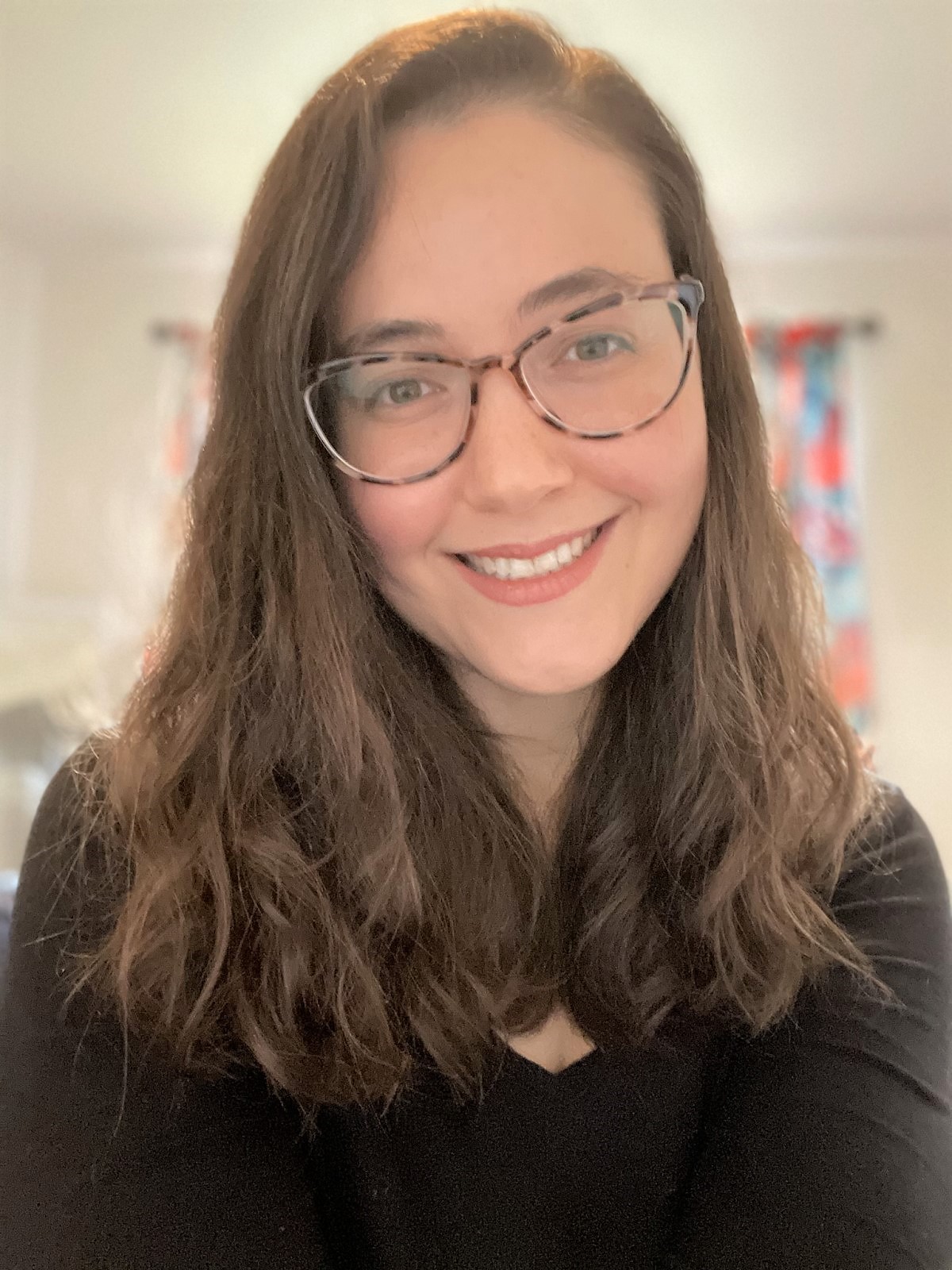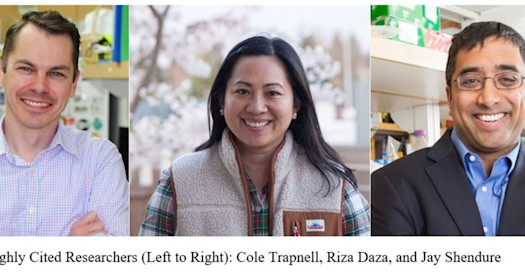
*BBI Faculty Conversations. Check back in soon for more chats with BBI members from our partner institutions. Get an inside view of their work and where they think the field of precision medicine is heading. Today we are joined by BBI member Dr. Heather Gustafson, Assistant Professor in the Ben Towne Center for Childhood Cancer Research at Seattle Children’s Hospital *
BBI: Tell us a little bit about your journey to cancer research and working in precision medicine.
Dr. Gustafson: I grew up in Ohio, went to Case Western, and studied biomedical engineering. When I went to grad school, I focused on drug delivery. I thought this was fascinating, because a lot of otherwise good drugs fail during testing because they are unable to reach the target site in the body. I started out testing drug delivery systems in different cell types.
The cell type that interested me most were macrophages. Unlike other cell types, they would behave remarkably differently based on the type of drug delivery system we were using. I got interested in their dynamic plasticity. The reasoning behind their dynamic behavior is complex, but is in part due to the fact they are evolutionarily conserved back to early lifeforms like sponges. In those more simple primordial lifeforms, macrophages needed to be able to do a lot of different jobs, and switch between those jobs really rapidly. On a genetic level, they are able to rapidly switch their transcriptome in a matter of minutes to hours. This is incredible! From a drug delivery standpoint, I was interested in learning how drugs could target switching genes on and off very quickly, and how that could modify their behavior in disease.
During my postdoc, I designed a series of peptides to target a specific macrophage cell death pathway called pyroptosis. I was interested in this subset of cytokines through the Interleukin-1 family (IL1), which is involved in both tumor growth pathways and tumor regression pathways. Much like macrophages I mentioned earlier, IL-1 can easily flip back and forth between those two roles. The IL-1 family works in an almost “goldilocks” fashion, where you need a certain amount of it to resolve infection, but if you have too much can trip into an inflammatory disease state. My current work at Children’s is about how modulating this pathway with drugs can impact cancer treatment outcomes.
BBI: Could you tell us more about how this has led to your current work at BBI and Children’s?
Dr. Gustafson: Fundamentally, our lab is interested in the concept that different people have different immune systems, and that their immune systems are not necessarily connected to their disease state. If we want to look at personalized medicine for cancers with immune therapies, different therapies will work for different people’s immune systems. Going back to the modifiable macrophages I mentioned earlier, macrophage behavior strongly impacts immune states in general. If we could modify macrophage behavior with targeted drugs, then we might be able to impact the way immune systems react to diseases in the body, and potentially impact the clinical symptoms of disease for things like cancer.
To test this, our lab worked closely with Dr. Rebecca Gardner (an expert in CAR-T therapy and a pediatric oncologist) and Dr. Bobbie-Jo Webb-Robertson (a machine learning expert) to assay samples from pediatric cancer patients who had received CAR-T cell immunotherapy, assessing whether their baseline immune status prior to therapy was in any way related to their response to therapy and outcomes. We assayed 65 cytokines at different time points, especially focusing on cytokines in the IL1 family, looking for any trends in therapy response.
We put all of this data into a model, and found that an IL1 family member called IL18 played an interesting role. Approximately 10% to 20% of pediatric patients don’t respond to CAR-T therapy. In addition, a subset of patients continues to have sometimes life-threatening reactions to CAR-T therapy, including cytokine release syndrome and neurotoxicity. The presumed hypothesis for these kids is that CAR-T patients fall into three distinct groups: non-responders who do not have enough cytokines to respond to CAR-T therapy, kids in the middle who are responders, and kids with too many cytokines who are at-risk for immune overreactions to therapy.
In fact, we are finding that non-responders to CAR-T consistently have the same level of cytokines as the severe toxicity kids. Even more, the severe toxicity kids tend to have poorer outcomes long term, with outcomes more similar to non-responders.
The mechanism for this is very unclear. What we do know is that a subset of these kids goes into therapy with elevated cytokine levels at baseline. We are able to show for the first time that the immune status of a child at baseline before therapy impacts their response.
BBI: Where does the work go from here?
Dr. Gustafson: The next step is to look at other cancers to see if this data holds up across other disease states. Back to drug delivery, I am ultimately interested in drugs that might target and modulate the baseline IL-1 cytokine immune state, and understand if that modulation can impact response to therapy. We could potentially give patients a therapy to lower certain cytokines before their CAR-T therapy, and potentially give them a better chance at responding.
Our BBI-funded grant hopes to take this work even further to look at chromatin imprinting in immune function. Are there epigenetic changes that create the program to direct immune gene regulation? Can we understand the epigenetic changes that create that state, and someday modify that program? BBI is helping us look more deeply at how the immune epigenetic states in diseases like cancer we have talked about today initiates disease progression and resolution. This is a big question, and will take a long time to figure out, but BBI is helping kickstart this work.


